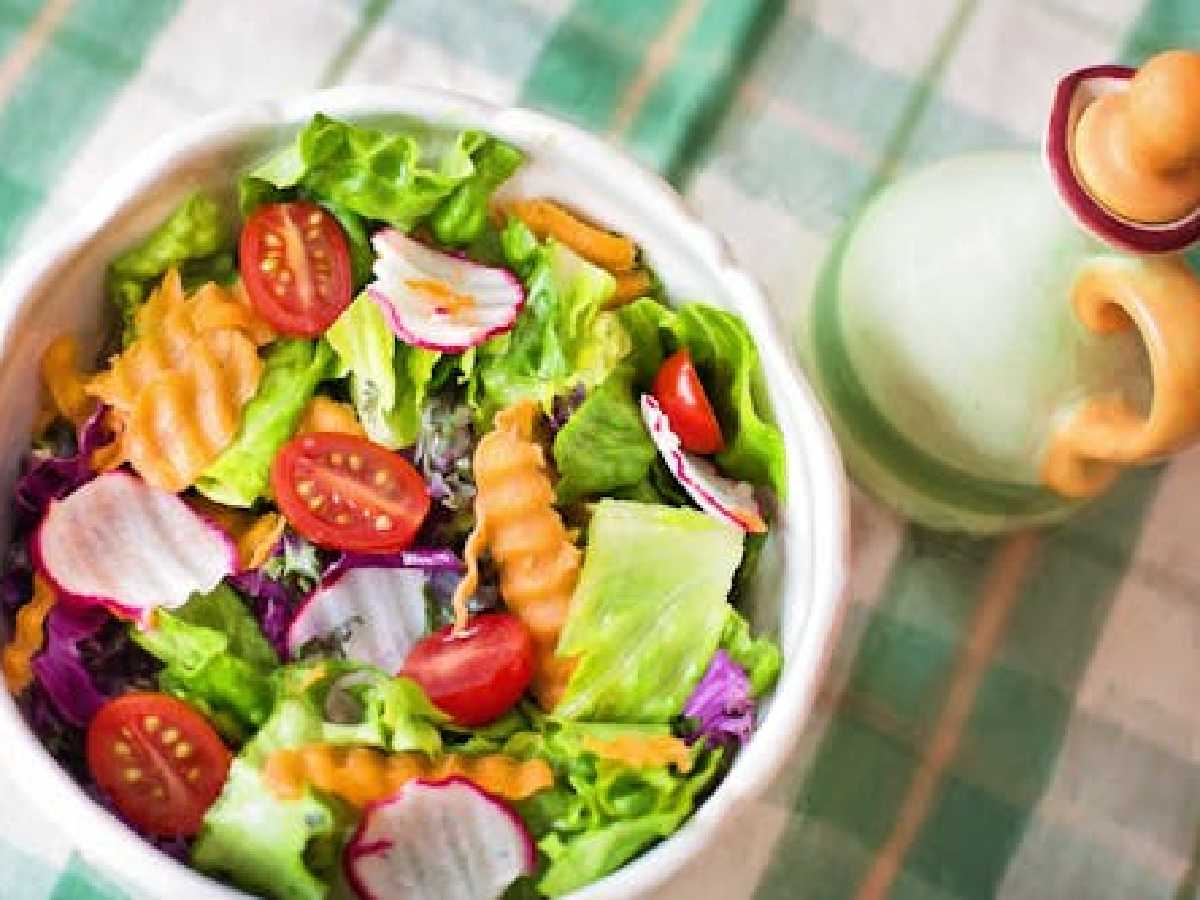Achieving weight loss requires a balanced approach that includes a nutrient-dense diet, regular physical activity, and lifestyle adjustments. A well-planned diet can boost metabolism, enhance fat-burning, and support overall health. Below is a structured diet chart, along with tips, to guide you on your weight loss journey.
Diet Chart for Weight Loss
Morning (6:30-7:30 AM):
Warm water with lemon or green tea (boosts metabolism)
1 handful of almonds or walnuts (healthy fats)
Breakfast (8:00-9:00 AM):
Oatmeal or whole wheat bread with boiled eggs or peanut butter (rich in protein and fibre)
1 fruit, like an apple or banana (natural sugar and fibre)
Also read: How to stay healthy this monsoon: An expert shares diet tips
Mid-Morning Snack (11:00 AM):
Greek yogurt or a protein smoothie (keeps you full and provides energy)
Carrot/cucumber sticks (low-calorie snack)
Lunch (1:00-2:00 PM):
Grilled chicken or paneer salad (lean protein) with mixed greens (fibres)
1 small bowl of brown rice/quinoa (complex carbs)
1 whole wheat chapati (if rice is avoided)
Afternoon Snack (4:00 PM):
Handful of mixed seeds or nuts (healthy fats)
Herbal tea (keeps cravings in check)
Dinner (7:00-8:00 PM):
Grilled fish, tofu, or lentil soup (protein source)
Sautéed or steamed vegetables (vitamins and minerals)
A small portion of brown rice/quinoa (optional)
Post-Dinner (9:00 PM):
Warm herbal tea or water
Avoid late-night snacking for better digestion.
Also read: Understanding how mpox spreads is key to controlling an outbreak: Dr Ritu Saxena
Key Tips for Weight Loss:
Portion Control: Eat smaller, frequent meals to prevent overeating.
Hydration: Drink at least 8 glasses of water a day to stay hydrated.
Avoid Processed Foods: Minimise sugar, refined carbs, and junk food.
Exercise Regularly: Combine your diet with daily workouts for better results.
Track Calories: Use apps or journals to monitor your calorie intake.
Consistency and discipline are key when following this diet plan.





